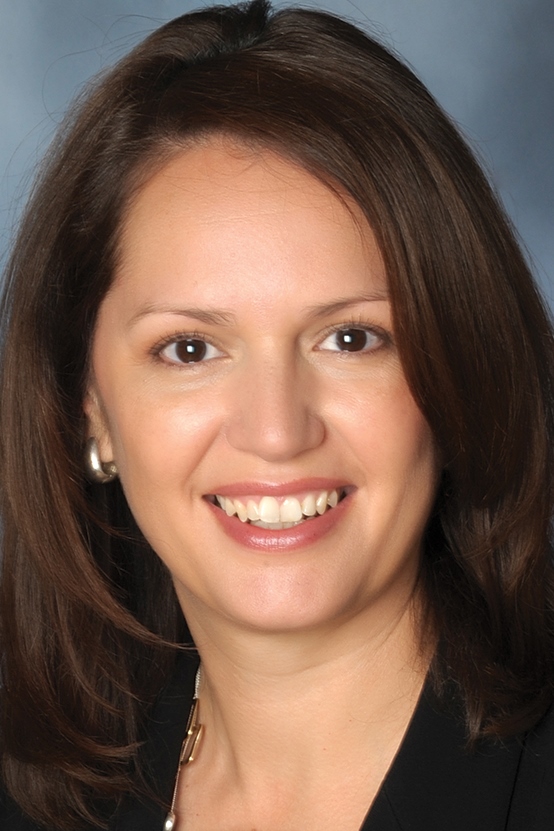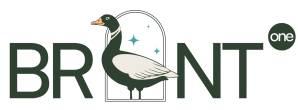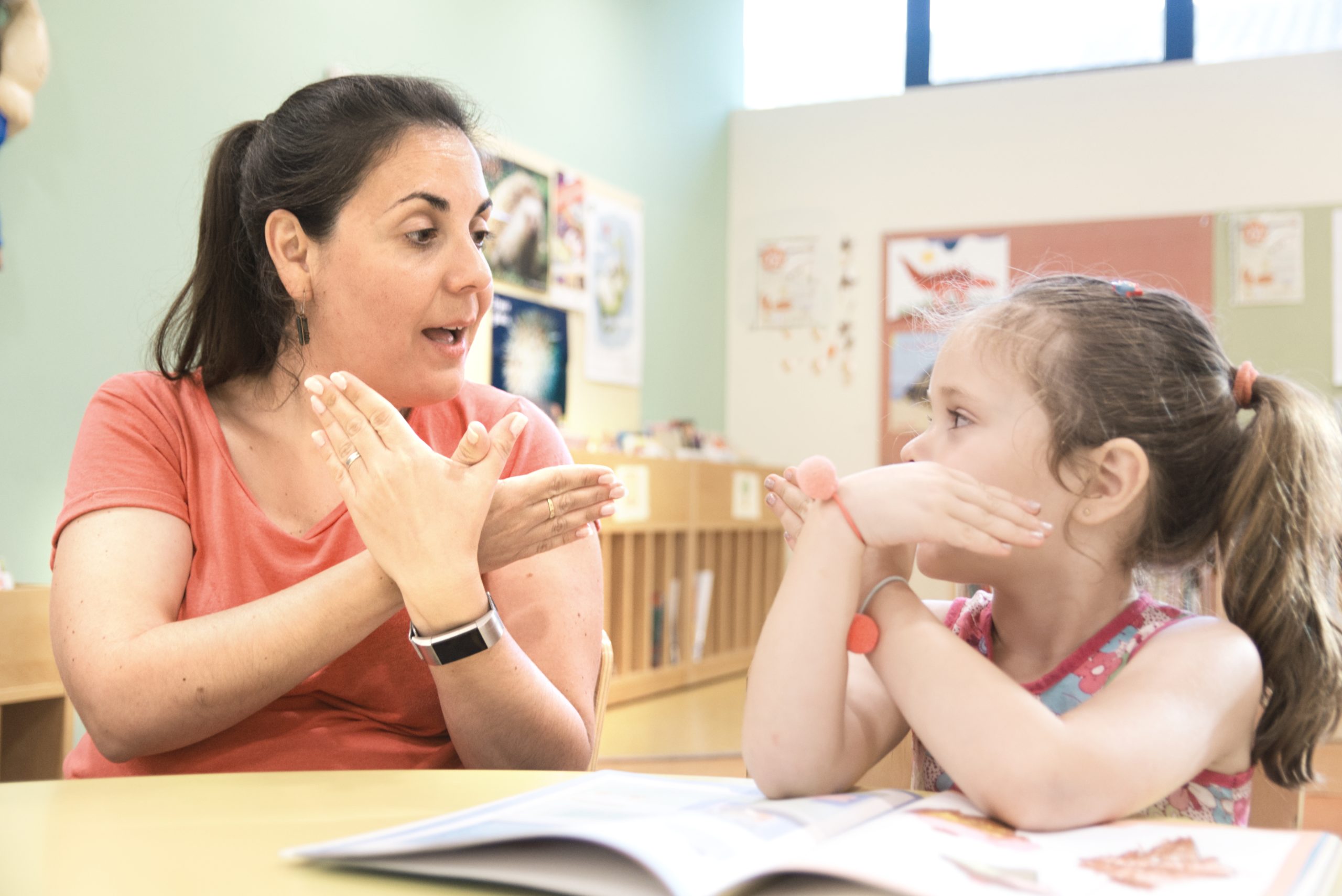The One Big Beautiful Bill is a pioneering move made by Congress on July 4 to reshape education funding in America. The package, estimated to cost upwards of $25 billion annually, introduces the nation’s first-ever federal school voucher-style initiative through a system of tax credits for individuals who donate to Scholarship Granting Organizations (SGOs).
This new legislation aims to expand educational opportunities for students and families by directing funds to non-profit organizations, making private schools, homeschooling, and specialized educational services more accessible, especially for those facing financial challenges.
OBBB builds upon the previously proposed Educational Choice for Children Act. While the original bill aimed primarily to encourage state-driven scholarship programs with modest federal financial incentives, the One Big Beautiful Bill goes considerably further by establishing a robust federal tax credit program that supports scholarship distribution.
Unlike its predecessor, the new legislation sets up stronger and more comprehensive incentives, such as substantial federal tax credits and direct federal involvement. With broader access to educational options across state lines, this new bill promises a more ambitious take in providing equitable educational opportunitues for families regardless of their geographic location or financial status.
The bill introduces two landmark mechanisms: the Federal Tax Credit for Donations and a structured scholarship program administered by SGOs. Both provisions will come into effect in January 2027.
The Federal Tax Credit for Donations will allow taxpayers to receive a dollar-for-dollar tax credit of up to $1,700 annually for donations made to SGOs.
This provision is designed to boost private contributions to education by offering taxpayers a direct reward for their donations. Instead of simply offering a tax deduction, it provides a dollar-for-dollar tax credit.
By using the tax code, the federal government is encouraging individuals and companies to help fund scholarships for families who earn up to three times the median income. The result is broader access to private schools and other non-traditional education paths for students who might otherwise be left out.
On the other hand, the scholarship distribution program shifts the responsibility for managing education scholarships to SGOs, which will allocate the funds raised through tax-credit donations.
Unlike existing state-run voucher systems that often fluctuate with local politics and budgets, this new initiative sets a consistent federal framework. It’s also open to families earning up to three times the national median income—a move that extends access well beyond low-income households.
With these scholarships, parents can cover a range of educational costs, including private school tuition, homeschooling supplies, and other approved learning expenses. The goal is to give families greater freedom to choose the education that best suits their child, regardless of their ZIP code or income bracket.
What is the role of Scholarship Granting Organizations (SGOs) in the One Big Beautiful Bill?
Scholarship Granting Organizations (SGOs) will play a crucial role in bringing the OBBB into action. These non-profit groups will be responsible for collecting and distributing the billions of dollars raised by the program through the federal tax credit.
They will also be the responsible party in determining whether or not a family qualifies for assistance based on specific criteria set by Congress.
In other words, SGOs will serve as a vital link between private schools, donors, and families looking to take advantage of the potential benefits of the OBBB.
Their role ensures that the scholarship application and enrollment process are simplified to speed up the flow of scholarship funds and guarantee that financial assistance reaches students and schools efficiently, without unnecessary delays.
How can SGOs ensure funds are managed and monitored?
Congress has mandated SGOs to allocate these donations strictly toward educational expenses. That means these funds must go directly toward covering essential costs such as school tuition, textbooks, transportation, standardized tests, and homeschooling materials.
While the bill does not specify an exact percentage for spending, it does include oversight mechanisms such as audits and reporting requirements to ensure SGOs allocate funds responsibly and in alignment with the program’s goals.
Through these regular audits and reviews, SGOs ensure that schools follow federal and state rules when using the scholarship funds. This kind of oversight is crucial—not only to maintain trust in the program, but also to ensure that families and students truly benefit from the support the bill was designed to provide.
How can you contribute to OBBB and receive tax credits?
To take part in the One Big Beautiful Bill, individuals and businesses must donate directly to a Scholarship Granting Organization, or SGO, approved by the IRS and officially certified by states that choose to participate in the program.
Each participating state must provide the IRS with a list of approved organizations that meet federal standards.
When it comes to contributions, all donations must be made in cash. This requirement ensures that donations are easy to document and that the corresponding tax credits are applied accurately.
Non-cash gifts—such as stocks, real estate, or other assets—aren’t accepted under the federal credit rules. It’s also worth noting that the interaction between federal and state-level tax credits may affect the final benefit, though specific reductions are not detailed in current federal guidelines.
Once a state formally opts in—either by passing legislation or through executive action—it becomes part of the federal system. That step triggers the setup of approved SGOs within the state, connecting families and donors to the program.
How to qualify for assistance?
For families that wish to apply for OBBB assistance, you must submit necessary documentation through a Scholarship Granting Organization (SGO) that your state has approved. These documents include proof of income and provide proof of residency or school enrollment.
Eligibility is based on income. The law sets the cutoff at 300% of the area’s median income. That means families earning up to three times the average household income in their region may qualify for assistance.
If the application is approved, the SGO issues vouchers or scholarship funds, which can be used for private school tuition, textbooks, tutoring, transportation, or homeschooling materials.
How does the scholarship distribution work?
| Step | What you do? | Who manages it? | Who benefits? |
| 1 | Donate cash to an approved SGO | Donor → SGO | Family scholarship pool |
| 2 | SGO confirms eligibility and distributes vouchers | SGO | Eligible families (≤ 300% area median income) |
| 3 | Families spend vouchers on qualifying educational costs | Families, approved schools | Students receive support |
| 4 | SGO conducts audits to confirm proper use | SGO oversight teams | Ensures program integrity |
Once you’re approved for assistance under the One Big Beautiful Bill, the Scholarship Granting Organization (SGO) steps in to distribute the funds. These funds aren’t handed out in lump sums or left to chance—they’re issued in the form of vouchers, specifically designated for educational use.
Each SGO is responsible for making sure the money goes directly toward qualified expenses. The way the funds are delivered can vary: in some cases, the SGO pays the school or provider directly. In others, the family may receive the voucher and apply it to costs as they arise.
What’s important is that the money never goes into a general-use account. Every dollar is tracked to ensure it serves an educational purpose. SGOs are required to document how funds are used and to maintain records for oversight and future audits.
Things to know before joining the OBBB
While the One Big Beautiful Bill opens up new pathways for school choice and educational funding, there are several essential details that families and donors should keep in mind before jumping in.
Participation in the program isn’t automatic nationwide. This means your state must formally opt in to join the program through legislation or executive action.
Hence, if your state doesn’t take steps to join, the benefits of the program won’t be available for you. It is essential to check your state’s current status before applying or making a donation.
Another point to consider before joining the OBBB is that scholarships may not fully cover private school tuition. That’s because the actual value of a voucher will depend on the amount of funds available in the SGO’s fund and the number of qualified applicants.
The program’s future will depend on Congressional support and state participation. While some critics have raised concerns about a lack of national oversight or long-term funding stability, no official expiration or sunset clause is included in the law.
Finally, oversight of educational outcomes remains a question mark. Unlike public schools, private institutions receiving voucher money through this program are not required by the federal government to report student performance data. States and SGOs may choose to monitor outcomes on their own, but there is no national standard for accountability in place yet.
Conclusion
The One Big Beautiful Bill marks a turning point in how education is supported and funded in the United States. Connecting private donations to public benefit through tax credits and education vouchers opens up new opportunities for families who previously lacked access to private or specialized schooling.
But the success of the program will depend on how it’s implemented. States must choose to participate. SGOs must uphold strict standards in distributing and monitoring funds. And families will need clear, consistent support in navigating the application and enrollment process.
With its promise of flexibility and expanded choice, the bill has already generated strong support and equally strong criticism. Questions regarding its long-term impact on public schools, the sustainability of funding, and the lack of national oversight on educational outcomes, to name a few, need further clarification.
Still, for families looking for alternatives, for donors seeking meaningful tax-advantaged giving, and for educators hoping to broaden the reach of their institutions, the One Big Beautiful Bill represents a new, ambitious model.
As the program rolls out in 2027, what happens next will be shaped by the decisions made at the state level—and by how well SGOs, schools, and communities work together to ensure this promise turns into progress.




